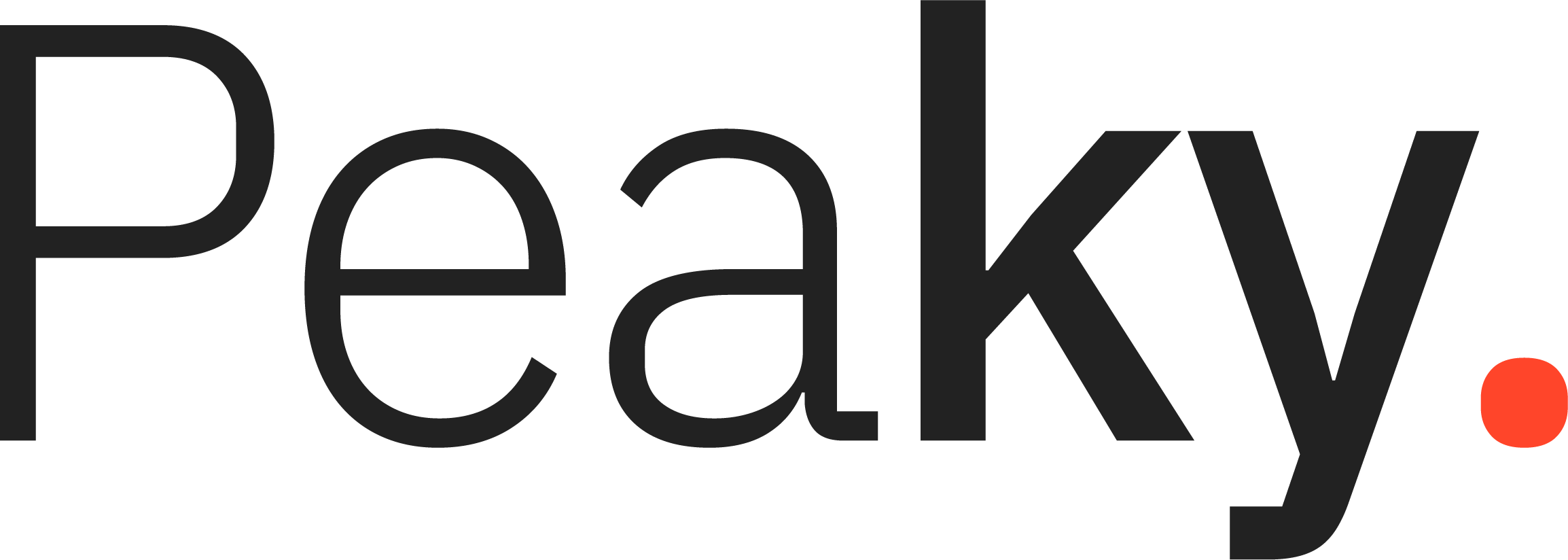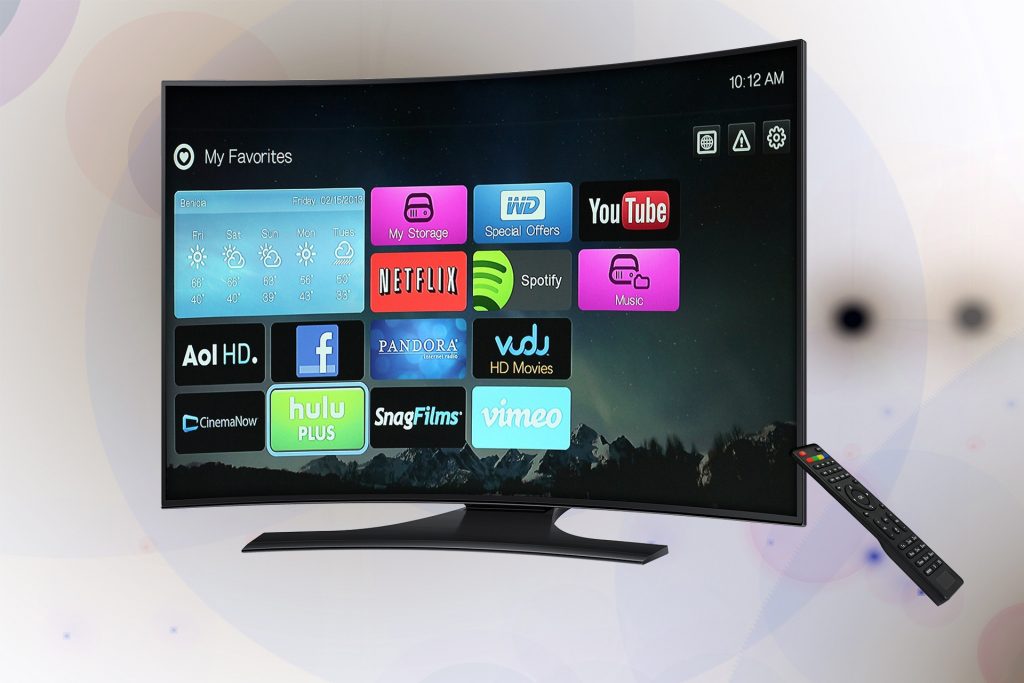Roku is a brand that makes digital media players and hardware. It was founded in 2002. Roku allows access to streaming media content via online services. It is a global TV streaming platform that connects all members of the TV ecosystem, including content publishers and advertisers. Roku had 63.1 million active accounts as of July 2022.
In May 2008, the first Roku model was launched. It was developed in collaboration with Netflix. Roku devices are popular low-cost and small-form-factor set-top boxes that allow for media consumption.
Roku connects consumers with the entertainment they love. This allows content publishers to create and monetize large audiences and gives advertisers unique opportunities to engage consumers.
Roku uses its OS, which was designed for TV. It can run on low-cost hardware. This allows Roku to make and sell affordable streaming devices.
Roku TV models and streaming players allow consumers to access a large selection of content simply by connecting their Roku devices to the streaming platform through a home broadband network.
Roku has created an ecosystem that Roku can use.
Consumers can access and discover a variety of streaming content.
Publishers can reach large user bases and use data insight tools to help them.
Advertisers can target and measure ads to TV viewers they wish to achieve.
RokuTV partners can increase market share by selling high-performance intelligent TVs at various sizes and prices.
Retailers highly rate Roku’s streaming devices.
Roku’s TV streaming platform has seen a rise in active accounts and hours streamed, attracting more advertisers and content publishers. This creates a better user experience that attracts more people.
What is Roku’s business model? What is Roku’s business model?
Roku’s business model was designed to meet the needs of all participants in the TV streaming ecosystem, including consumers, content publishers, advertisers, TV brand partners, and other licensees.
Value Proposition
Customers: The customer experience is better, with more entertainment options and greater control over how much they spend on content. Customers have access to more than 500,000 TV episodes and movies in the United States. They also get live sports, music, and news.
It also allows users to compare content prices from different channels and select from ad-supported or subscription video-on-demand content.
The Roku platform offers a variety of ad-supported channels, including CBS News, Crackle and The CW, and Vice. Subscription channels include HBO Now and Hulu, and traditional TV replacement services such as DirecTV Now and Sling TV. Transactional channels include Amazon Video and Google Play.
Advertisers must reach large audiences as traditional TV viewers are declining.
Roku’s business model offers growth levers.
Scale – Increasing the active accounts. Roku’s strategy to make TV streaming accessible is partly to offer a range of standalone streaming players that can connect to a user’s TV.
Roku Streambars, a streaming player, allows the soundbar to connect with Roku’s streaming platform and Roku wireless speakers or subwoofers to provide a better audio experience.
Roku OS licenses are available to TV brand partners and specific international TV and telecom service operators who manufacture and sell Roku TV models. They connect to Roku’s TV streaming service and integrate the Roku OS.
Roku Channel is Roku’s streaming channel. It provides users with unlimited, ad-supported access and an extensive library of movies. It features live-streaming linear channels and original content. Premium Subscriptions are available on The Roku Channel.
Roku Brand Studio allows marketers to go beyond the 30-second TV commercial and create more creative ad experiences, such as sponsored ads within our user interface, interactive video ads, and branded content series.



